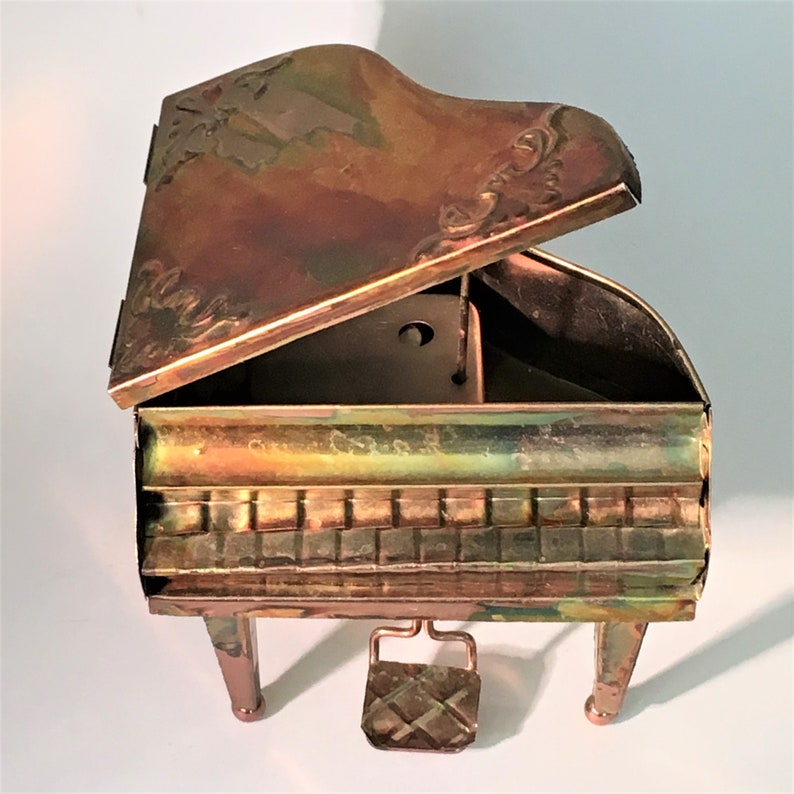

When lifting the lid and looking inside, the first piano part you probably will notice is the large cast iron plate. The piano truly is a modern mechanical marvel! Here is a quick rundown of the basic interior parts of a grand piano. There are over 12,000 parts in a ‘basic’ Steinway grand piano and the vast majority of them are held in the interior of the cabinet. But while the outside is magnificent, the inside is where the heart of the piano truly lies. Invented in the early 1600s by inventor Bartolomeo Cristofori, the piano has a long and rich history. The mention of a grand piano may conjure up images of a shiny black cabinet and seemingly countless black and white keys. They respond to the force and velocity that the player strikes the strings.A Basic Overview & What You Need to Know The grand piano is one of, if not the most distinctive and recognizable instruments in history. Used for dynamic range, these are levers that connect the piano keys to the hammers. The soft pedal (further left) is used predominantly in post-Classical music producing melodramatic tones. The most common effect is the pedal on the right, the damper or sustain pedal, which prolongs the length of the notes (basically lifts up the damper bar and stops it from touching the strings).

The purpose of piano pedals is to vary the tone. There are usually three pedals (foot levers), but every so often you come across a piano with only two. To stabilize the structure of the grand piano, a cast-iron plate is there to absorb the tension from the strings and is in fact the only part of the piano that does not resonate. The quality of the pinblock is crucial for tuning stability. Strings are then wound around these pins (the other end of the strings are attached to hitch pins on the plate near the tail of the piano). The pinblock (or ‘wrest plank’ as it’s sometimes called) sits snugly between the plate flange and the case and has tuning pins driven into it. They’re usually made with Sitka spruce wooden planks that are glued together then cut to size. Sometimes referred to as ‘the belly’, the soundboard is made of wood and acts as a large resonator – transforming string vibrations into audible soundwaves. SoundboardĪll stringed instruments have a soundboard, including of course the piano. This prevents the notes from bleeding into one another. That’s because when a key is released, small, triangular felt pads called dampers rest on the strings to stop them ringing. When you press a key and then release it, you’ll notice the ringing stops (unless you have the sustain pedal activated). When a key is pressed, the hammer strikes the strings causing a resonant vibration. The keys are attached to small, felted mallets. Hammers Hammers and strings in a grand piano Tuning the piano entails changing the tension of the strings (tightening or slackening the tension), as each string is tuned to a specific sound or musical note. When a hammer strikes them, the vibrations turn into sound. The piano is a string instrument, so there’s no surprise you’ll find strings inside.įor each key, there are three wound steel wires that run from tuning pins on the pinblock (see below) to the hitch pins. Let’s start with the keyboard, perhaps the most obvious part of a piano, and the place where the pianist comes into touch with the piano (as well as the pedals, of course).Ī standard keyboard has a combination of 88 keys (52 white ‘natural’ keys, 36 black ‘enharmonic’ keys). Before Steinway introduced his rim bending method in 1880, case making for grand pianos was much more complicated and expensive. The outer rim design of the modern piano was invented by C.F. In terms of positioning a piano in a room, the open lid (treble side) should be pointing into the room. This is why you often see grand pianos with their lids up. Opening the lid on a grand piano will improve tonal resonance (it acts as a reflecting surface for the sound waves coming from the soundboard) and will result in a much clearer, more resonant sound. The lid, also called the top, is a section of wood (typically hardwood) used to protect the playing mechanism inside the piano It’s held open by a wooden stick called a lid prop, and often you get a smaller stick called a half-prop, used to keep the lid partially raised. Lid and Outer Rim Example of a grand piano with the lid up The fallboard (or key lid) is the hinged piece of wood that folds down to protect the keys when the piano isn’t in use. Of course, both the weight and the size differ vastly depending on whether it’s an upright (there are many types of upright) or a grand piano. It’s also the thing that adds the most weight (which you’ll know all about if you’ve ever tried to move a piano). The case (or ‘body’) is the wooden housing of the piano.


 0 kommentar(er)
0 kommentar(er)
